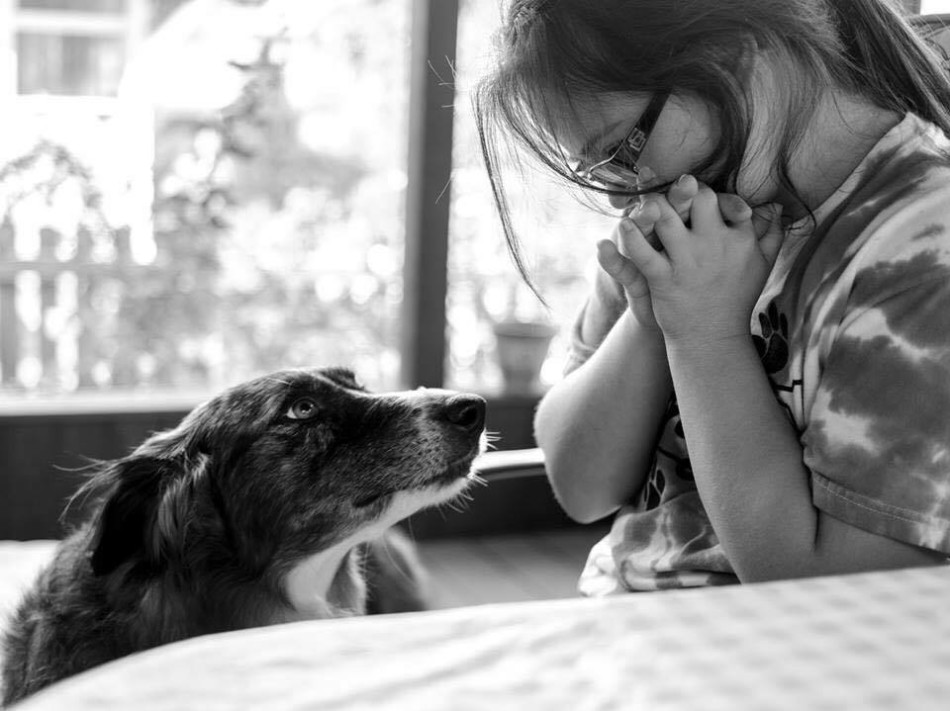Frequently, I have the opportunity to speak to groups. I have spoken to teachers, future teachers, parents, donors, healthcare professionals, Senators, Congressman – you get the idea. My two favorite audiences are students aspiring to be general education teachers and the rare doctor. I often say I am off to brainwash teachers, doctors, whatever. When I went through TN Partners in Policymaking (by the way I highly recommend the Partners in Policymaking program) we had to give these little speeches. I did mine and our leader said, “You didn’t just start giving speeches yesterday, did you?” I laughed and said no. In fact, I believe God has been preparing me for such a time as this my whole life. From my days as a 4-H kid to the many, many jobs I have had. I find speaking to groups comforting and invigorating.
Last night Rachel and I had the opportunity to speak to a class of master’s level students. One of her former teachers is teaching a class and invited us. It is really fun to have Rachel along with me as a speaker. Since she was little, she would join me from time to time. Some of our funnest speeches were for educators and future educators. At the age of about six, I would have her take along one of her “Kids Can Read” Sam the puppy books. One of our favorites, a little series about a puppy.
The day I passed them along to other emerging readers was one of mixed emotions. She would read her little book to the class and you could tell that some were amazed that a child with Down syndrome could read or could read so well. Of course most of us know that children with Down syndrome are often very good readers. That’s just another illustration of educating, awareness and high expectations.
Last night Rachel did her “I Love My Life” gig. She was full of life and so excited to be with her former teacher. We then showed “Just Like You – Down Syndrome.” It’s always a hit. Then, I did a new presentation. My time was limited so I merged together my “Inclusion Doesn’t Have to be Somewhere Over the Rainbow” (Parent and Educator versions,) Understanding and Celebrating Down Syndrome, and my motivational speech about inclusion. I called it “Down Syndrome and Inclusion; Case Study: Rachel Mast.”
Since JLY goes over what Down syndrome is, I didn’t tell that again. I put the definitions, resources and book list at the back of the presentation and told them to read those at home. I did Rachel’s Life on Speed and gave a few examples along the way. For me, the meat was in a few things I told them that I thought educators needed to know. These are a few things I shared:
- Presume competence
- Educate yourself
- Communicate, communicate, communicate (number one complaint I hear from parents)
- Think out of the box
- Listen to parents – they know their children best.
- Try to learn about the child’s specific disability but remember each child is unique.
- Never do for a child what they can do for themselves.
- When possible, utilize peers to assist.
- Teach the child (Dear Teacher)
- Do what the IEP says.
- Find something positive to say about every child. Especially at IEP meetings, start and end with something positive (IEP Wounds.)
- If you can, try to be involved in events/ activities supporting those with disabilities or host something at your school like Dress Down for Down Syndrome.
- People first language. PFL is the concept that all individuals are people first. Every person is a person first. People first language puts the person first. They wear glasses, have Down syndrome, and/or use a wheelchair or hearing aid second.
- Preferred Language. This is a person with an intellectual disability. He/she is not a Down’s child, disabled girl or autistic boy. He/she is a person first. The young lady has Down syndrome. The boy has autism. The r-word is never acceptable.






Greetings Jawanda
I would love to read the case study you mentioned.
Also, I would like to share the bullet points above with my friends regarding autism awareness with Kade. They are applicable.
Thanks for reading. The case study is simply our journey. I’m not sure my presentation would help without my commentary but if you’ll inbox me your email – I’ll be happy to send it to you, Wendi.
Thanks.
Would be great to see some of your presentations on youtube!
On a different note, it is my understanding that different groups have different preferred way of referring to themselves. In particular, the autism community generally prefers “autistic person” to “person with autism”. Likewise, the deaf community prefers “deaf person” to “person with hearing impairment” or “person with deafness”. I think we should all respect each other’s self-identification.
Thanks for reading… I agree that we need to be respectful of the language preferred by each group. The people first language guidelines are good to remember as a basic rule of thumb until told differently. I I’ve never heard that about the autism community so I will check that out! Not sure about the YouTube thing. I’ll discuss it with my manager(my husband!)